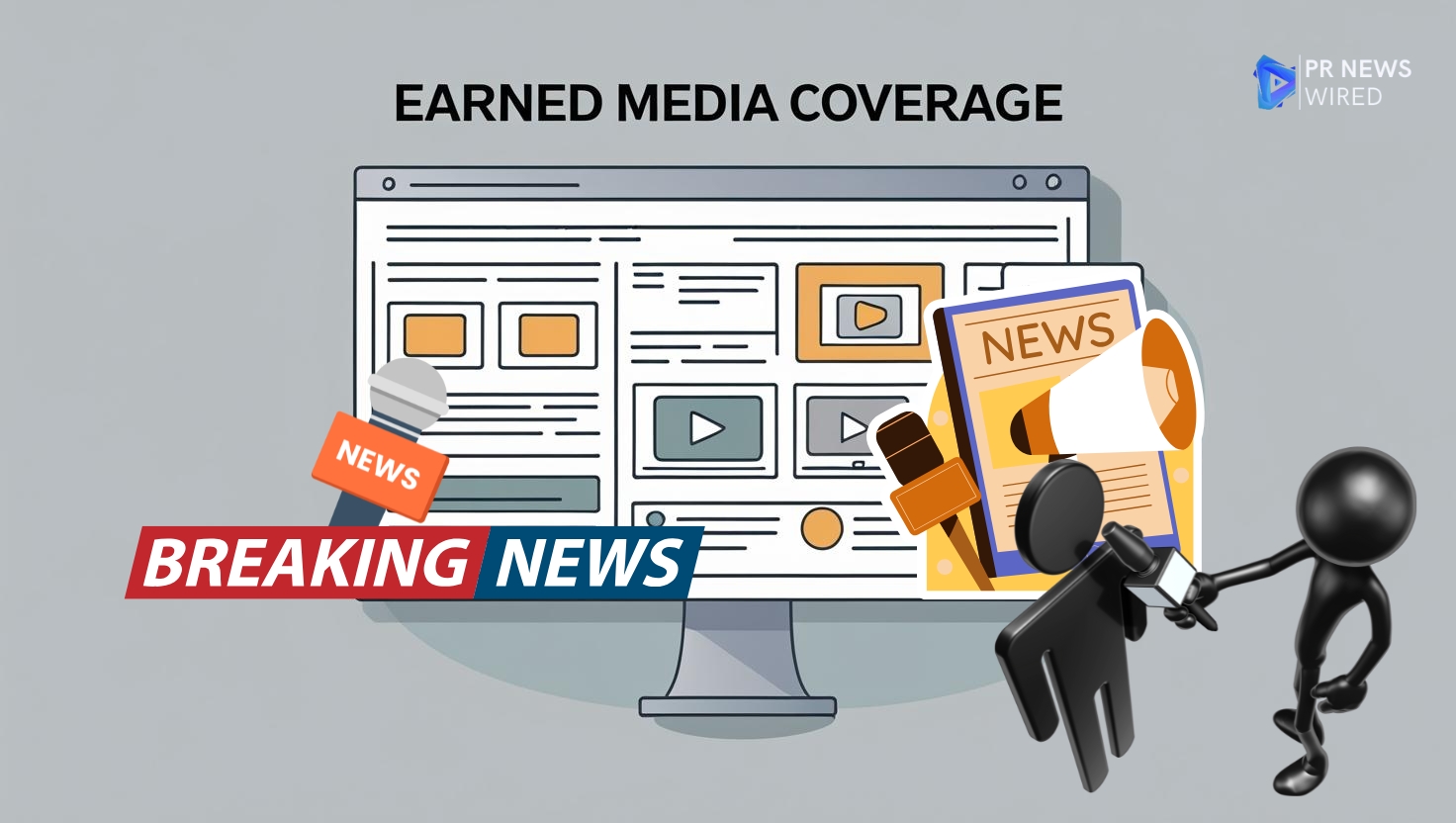
journalists want newsworthy, clear, and well-structured information with real human voices and practical media assets. Your press release should feel like a ready-to-publish story, not an ad.
In the fast-paced world of media, journalists receive hundreds of press releases every week—some are scanned, many are skipped, and only a few make it to print or online publication. So, what separates a successful press release from the ones that end up in the recycle bin? Understanding what journalists truly want can be the game-changer in how your message gets noticed and published.
Let’s explore what journalists really look for in a press release—and how you can tailor yours to meet those expectations.
The headline is the first (and sometimes only) thing a journalist will read. It must be concise, newsworthy, and attention-grabbing. Avoid clickbait and vague statements. Instead, aim for clarity and relevance.
Do this:
Use strong action verbs.
Highlight what’s new, different, or significant.
Keep it under 10 words if possible.
Example:
Weak: “Company Announces New Product”
Strong: “EcoTech Launches World’s First Solar-Powered Smartphone”
Journalists are busy people. If your first paragraph doesn’t get to the point quickly, your press release risks being ignored. The lead should summarize the “5 Ws” — Who, What, When, Where, and Why — in no more than three sentences.
Tip: Think of your lead as your elevator pitch. If a journalist only reads this part, they should still get the gist of your story.
Not every announcement qualifies as news. Journalists look for stories that offer something genuinely interesting, unusual, timely, or relevant to their audience.
Ask yourself:
Is this information timely?
Does it affect a large number of people?
Is there a human interest angle?
Does it tie into broader trends or issues?
Pro tip: If your story lacks inherent news value, consider adding a compelling data point, quote, or case study to enhance its relevance.
A press release isn’t complete without quotes from key stakeholders—CEOs, founders, researchers, customers, etc. Journalists want authentic, human voices that add context or emotion to the news.
Avoid generic statements like:
“We are very excited about this launch.”
Instead, use quotes that explain the significance:
“This launch marks a turning point in mobile technology,” said Rajiv Kumar, CEO of EcoTech. “By harnessing solar energy, we’re enabling users in remote areas to stay connected without relying on electricity.”
Journalists love clarity. Avoid fluff, jargon, or overly promotional language. Your goal isn’t to sell, but to inform. Keep paragraphs short, sentences clear, and facts verifiable.
Checklist for content quality:
No grammatical errors or typos
Accurate names, figures, and dates
Proper formatting and structure
Bullet points for lists or key highlights
In today’s digital-first newsrooms, journalists appreciate ready-to-use visual content. High-resolution images, logos, infographics, product shots, and short videos can significantly increase the chances of publication.
Best practices:
Include a link to a press kit or Dropbox folder
Ensure image captions and attributions are included
Keep file sizes manageable for quick downloads
You’d be surprised how often this is overlooked. Always include clear contact details for a media spokesperson or PR representative—someone who can provide quick answers or schedule interviews.
Include:
Full name
Email
Direct phone number
Position/title
Generic press releases sent to every journalist on a massive list often go straight to trash. Journalists are far more likely to respond to releases tailored to their beat, audience, or geographic region.
Pro tip: Customize your press release or pitch email to highlight why the story matters to that journalist’s readership or viewers.
Even if a journalist loves your story, they may tweak the headline or content for searchability. Help them by embedding SEO-friendly keywords naturally into your release. Also, include hyperlinks to your company’s website, product pages, or related content.
Bonus Tip: Use HTML-friendly formatting for email distribution. Avoid sending press releases as PDF-only documents.
A brilliant press release sent at the wrong time can miss the mark. Journalists usually prefer to receive press releases mid-morning, mid-week. Avoid weekends and late evenings. Also, if your news is under embargo, be crystal clear about the release date and time.
Tip: Follow up within 48 hours with a short, polite email—but never be pushy.
To sum it up: journalists want newsworthy, clear, and well-structured information with real human voices and practical media assets. Your press release should feel like a ready-to-publish story, not an ad.
If you can consistently offer value, respect their time, and understand their editorial needs, you’ll soon find your press releases getting the attention they deserve.




